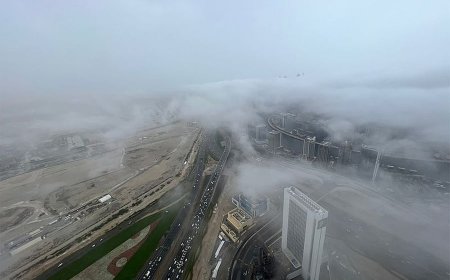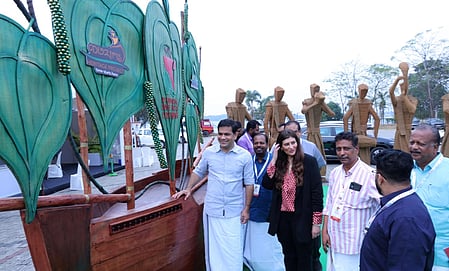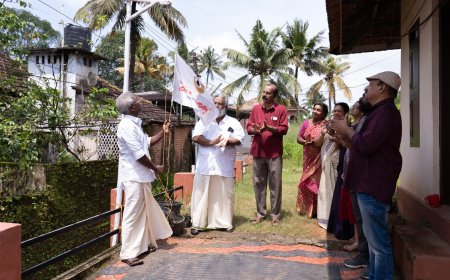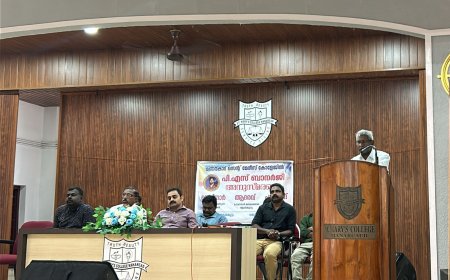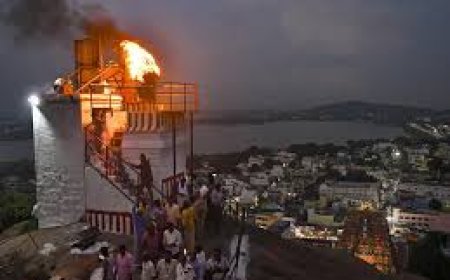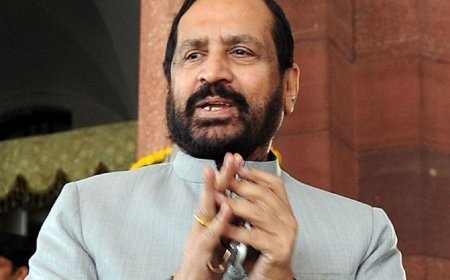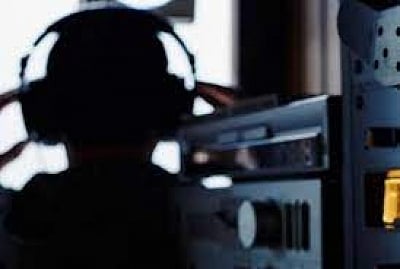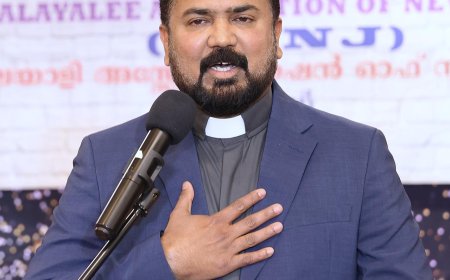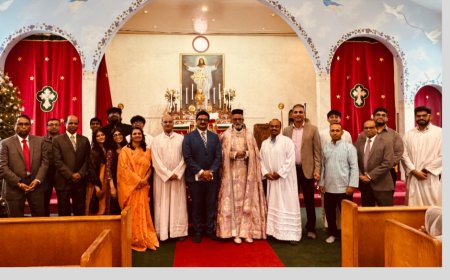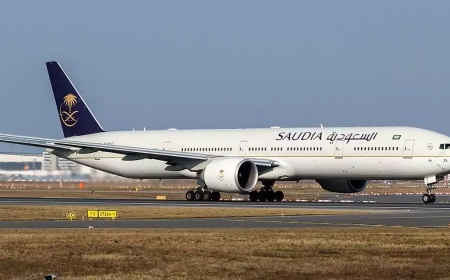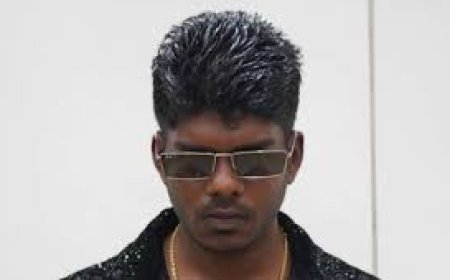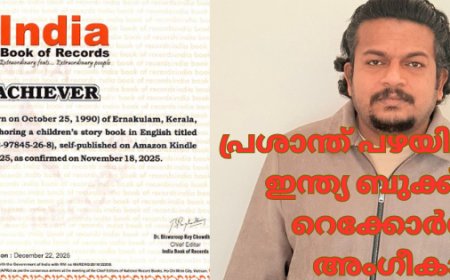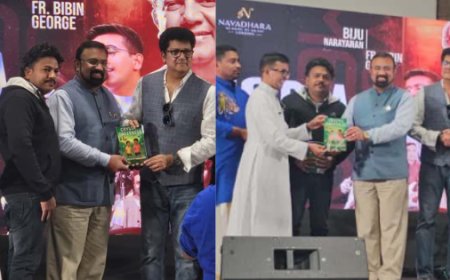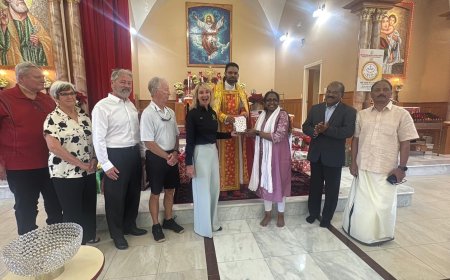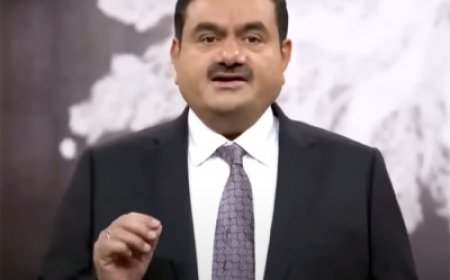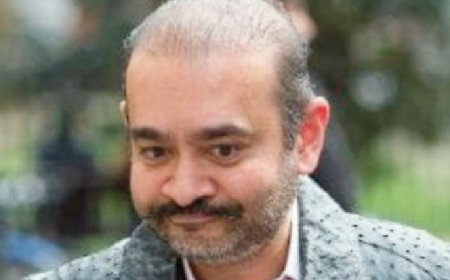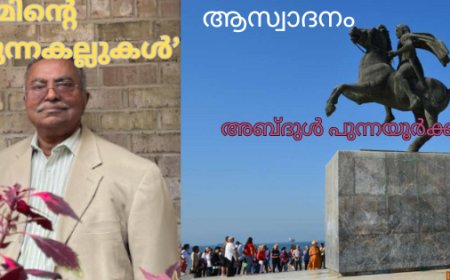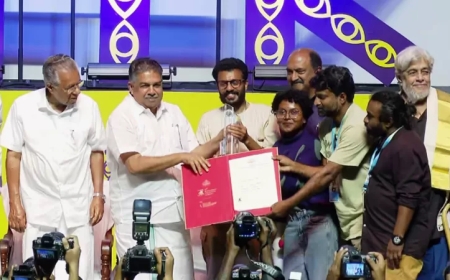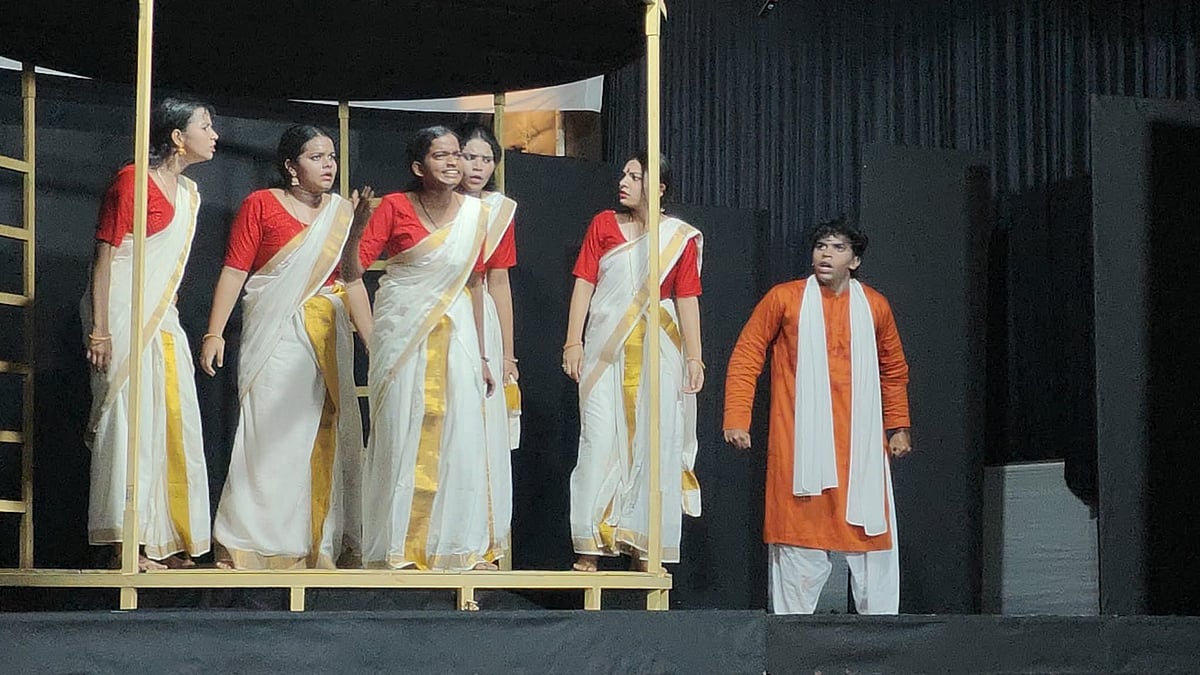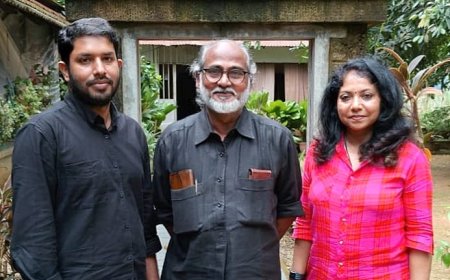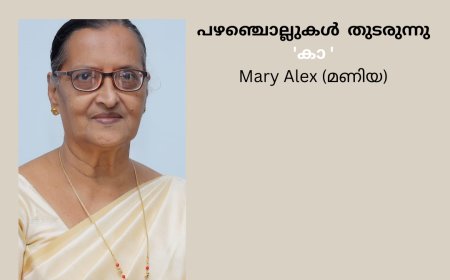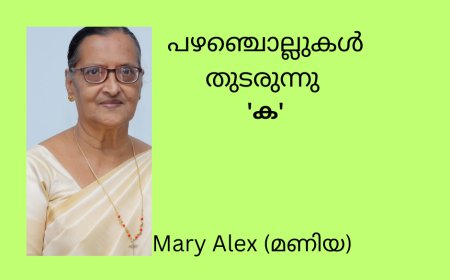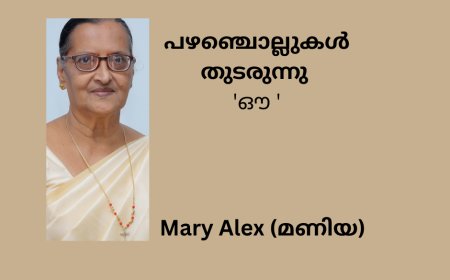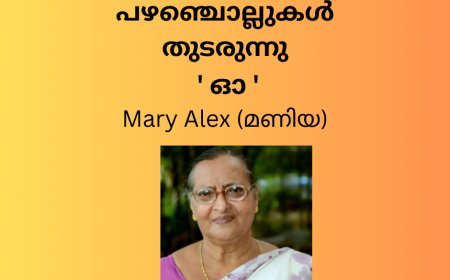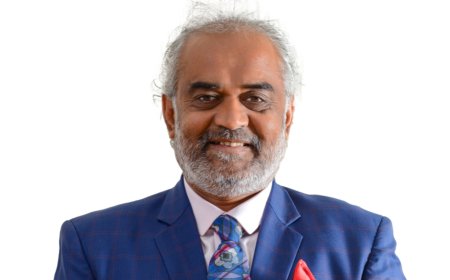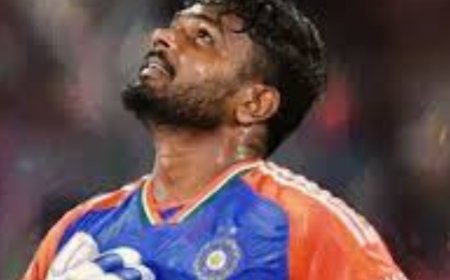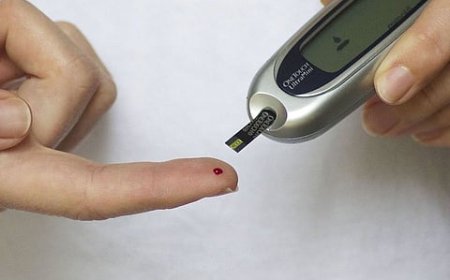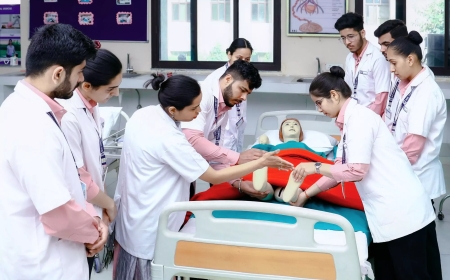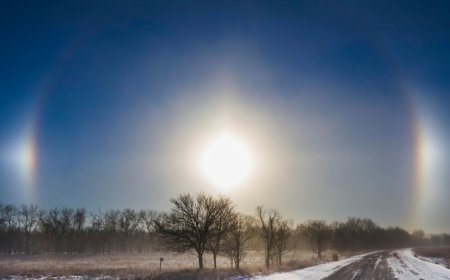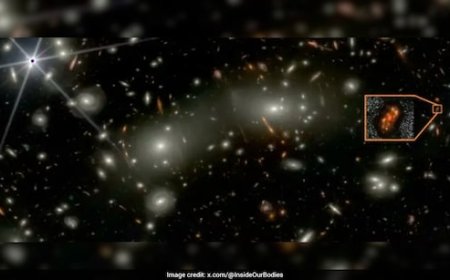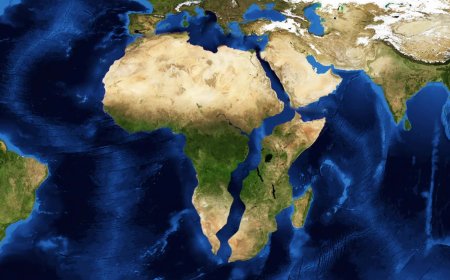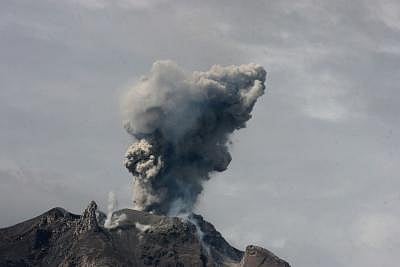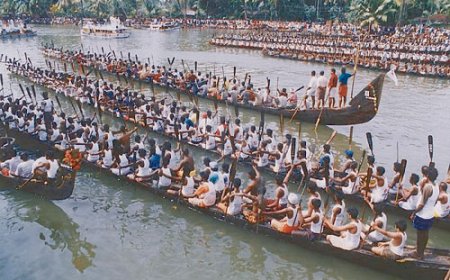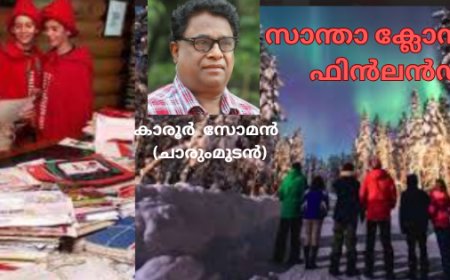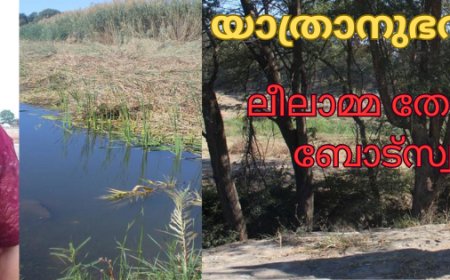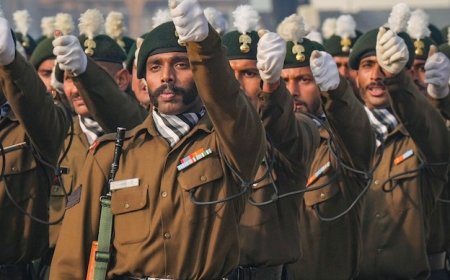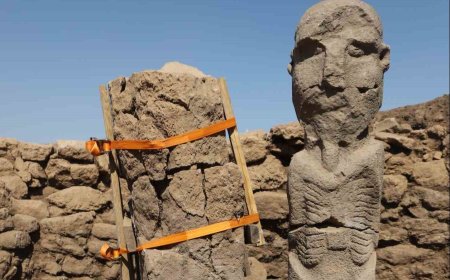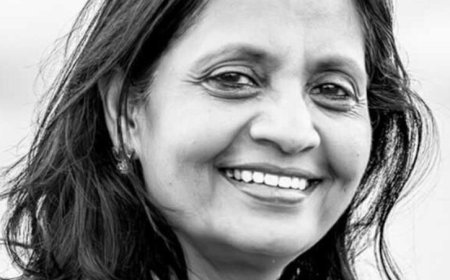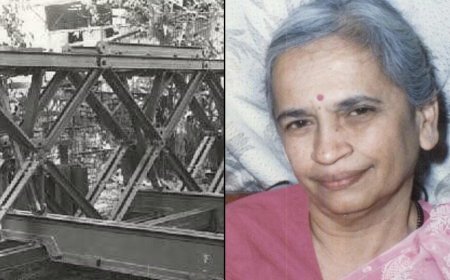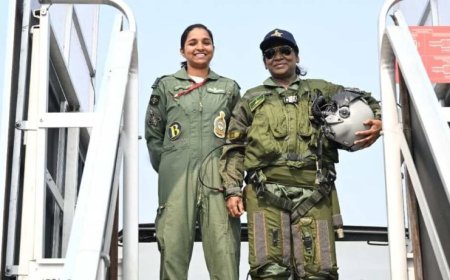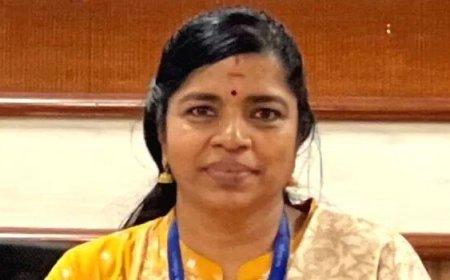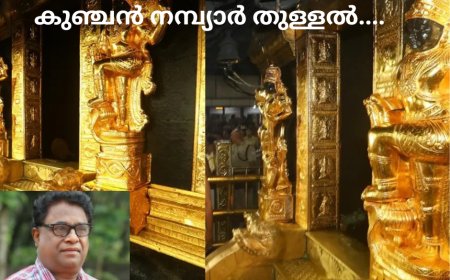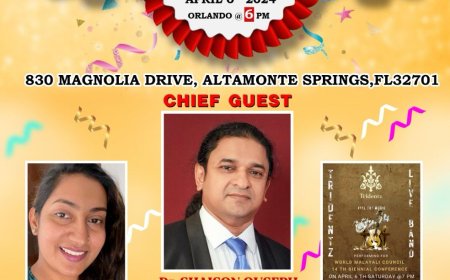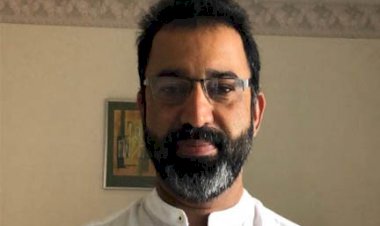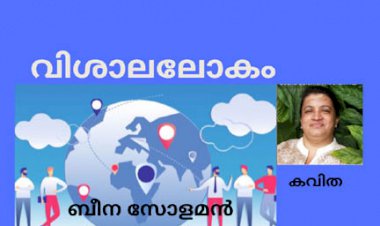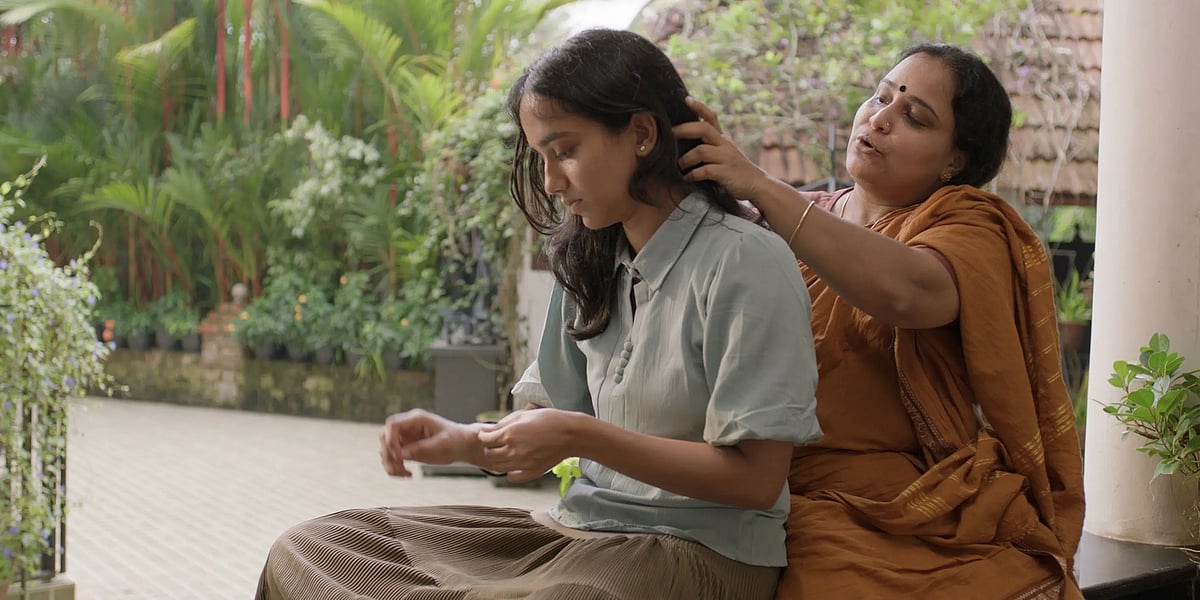Chandrayaan-3 success opens up new space exploration vistas

WORLD Malayalee Voice congratulates scientists of the Indian Space Research Organization for scripting history on August 23, 2023 by becoming the first nation to land the Isro's Chandrayaan-3 spacecraft on the Moon's South Pole, days after a Russian probe Luna-25 crashed in the same region.
(The lunar South Pole is the southernmost point on the Moon. It is of interest to scientists because of the occurrence of water ice in permanently shadowed areas around it. The lunar South Pole region features craters that are unique in that the near-constant sunlight does not reach their interior.)
After the successful launch, Prime Minister Narendra Modi said in his address to the ISRO scientists: “This is a historic movement and sounds the bugle for a developed India”.
Veteran space scientist K. Kasturirangan, as reported by The Hindu, echoed a similar thought by saying the successful Chandrayaan-3 mission has opened up the potential to use the Moon as a take off point for future planetary missions, and bolstered India's credentials to participate in such futuristic explorations.
“The futuristic planetary explorations are going to dominate humankind’s activity in the 21st century,” he said.
"Exploring the south pole is very important because of the fact that sunlight does not come much, and since the moon has stopped evolving after two billion years, the south pole is a pristine region which gives you telltale signs of almost two billion years of uninterrupted existence, without other kinds of radiations and so on and so forth", Mr. Kasturirangan said.
"There is a good possibility that water, if it is available in large quantities because it's always a frozen area, should become a very important source for using in future missions, with the Moon as a platform", he said.
What’s next for ISRO after the successful Chandrayaan-3 mission?
ISRO on Monday, August 28, announced that the Aditya-L1 satellite for the Sun mission will be launched at 11.50 am on Saturday, September 2.
According to him, the coronagraphy satellite will take about 120 days to travel about 15 lakh km to reach its destination to study the solar atmosphere.
The Aditya-L1 spacecraft - the first space-based Indian observatory to study the Sun - is getting ready for the launch at India’s rocket port in Sriharikota.
The spacecraft will be placed into a halo orbit around the first Lagrange point, L1, of the Sun-Earth system. The satellite around the L1 point has the major advantage of continuously viewing the Sun without occultation/eclipses.
The Aditya-L1 satellite - named after the Sun God - will be carried by the Indian rocket Polar Satellite Launch Vehicle (PSLV). The satellite will be shortly integrated with the rocket.
The Sun mission will be followed by the Gaganyaan abort mission demonstration, which is part of India’s human space mission. The Gaganyaan abort mission will happen during September end or during the first week of October this year, Somanath said.
The Indian space agency is also planning to orbit the INSAT 3DS satellite with its GSLV rocket this year, Somanath added.
After that, there will be the orbiting of Anwesha satellite and XPoSAT–an X-Ray Polarimeter Satellite. It will be the country’s dedicated polarimetry mission to study the dynamics of bright astronomical X-ray sources in extreme conditions, the government said.
The launch of the Radar Imaging Satellite - RISAT-1B - aboard the PSLV rocket is planned for 2023. The Indian Space Agency is also planning to orbit two IDRSS (Indian Data Relay Satellite System) satellites.
These rocketing missions apart, ISRO will be testing the various systems that will go into its LVM3 rocket for its first human space mission. ISRO has also slated a flight to Venus - Venus Mission - in 2024.
India will celebrate August 23 as 'National Space Day' to mark the successful touchdown of Chandrayaan-3 mission's lander, Modi said on Saturday in Bengaluru while interacting with ISRO scientists.


